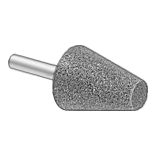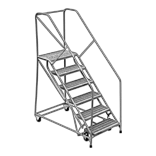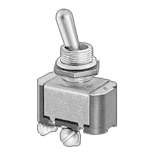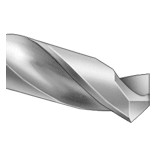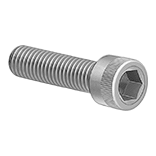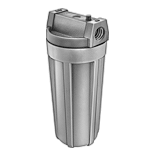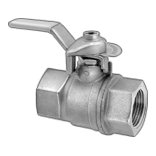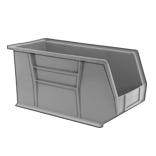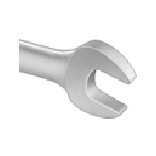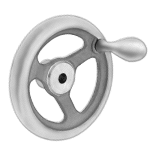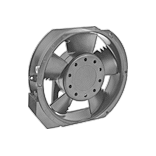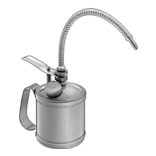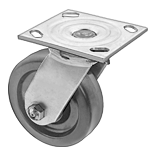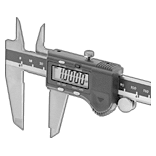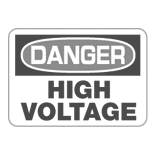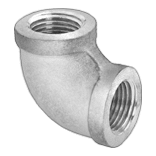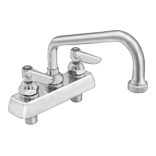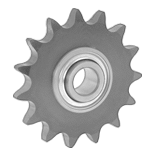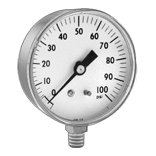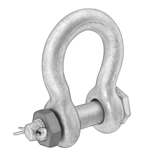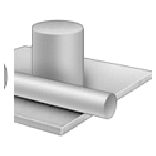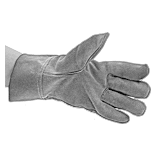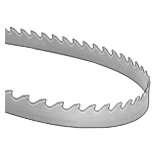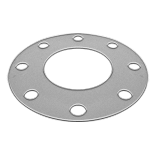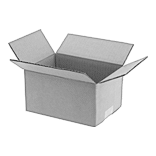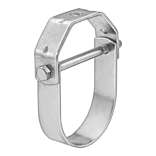How to Identify and Measure Fittings
Pipe size is an industry designation, not the actual size. View information about how to measure threaded and unthreaded pipe and pipe fittings.
More
Underground PVC Pipe Fittings for Drain, Waste, and Vent
With thinner walls than Schedule 40 fittings, these are lighter in weight and have more space on the inside for high-flow applications, such as underground gravity-flow sewer and storm drainage lines. They are also known as SDR 35 fittings. Made of PVC, they have good strength and corrosion resistance. All meet an ASTM specification and testing requirement for material quality, dimensions, and workmanship.
Attach socket-connect ends to unthreaded pipe or another socket-connect fitting with a PVC primer and cement (also known as solvent weld). Gasket-connect ends slip together and withstand slight shifts without cracking. Lubricate gasket-connect ends then insert unthreaded pipe using a pipe joiner (sold separately). Threaded connections can be taken apart as needed for maintenance and repair.
Warning: Never use plastic pipe fittings and pipe with compressed air or gas.
For technical drawings and 3-D models, click on a part number.

To prevent leaks in threaded connections, apply a non-hardening, plastic-compatible sealant. Tape or sealants with PTFE are not recommended for plastic-to-plastic threaded connections. When making a threaded connection be careful not to overtighten the threads. To prevent cracks and leaks, finger tighten the fitting, then wrench-tighten one to two turns.
